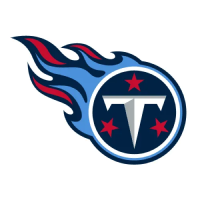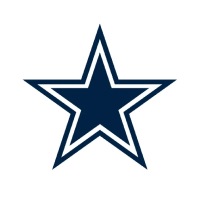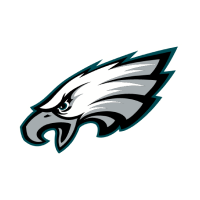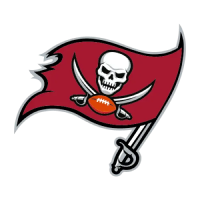For anyone new to the family here at The Draft Network, Contextualized Quarterbacking is an annual project I put together for TDN Premium subscribers. In Contextualized Quarterbacking, I chart the significant draft-eligible quarterbacks across their final seasons, tagging each dropback with a ton of situational features that allow us to understand their game at more specific and situational levels.
Each throw is graded both for Accuracy and for Ball Placement. Accuracy is a general metric for catchable passes—an accurate pass is a catchable pass—while Placement scores take more details into account: maximizing YAC opportunities, protecting the wide receiver from unnecessary hits, and protecting the ball from being played on by the defensive back. Throws are also charted relative to depth and passing direction, to understand how target distribution affects accuracy scores for each quarterback. It’s harder to throw deep!
Contextualized Quarterbacking helps us understand what each college offense asked of their quarterback, which gives us an additional tool for projecting these passers to the pros. When we understand their college offense, we can better identify those skills that will translate to the pro level, and accordingly, project the ideal scheme fits for each player.
Sam Ehlinger was a productive and gritty college quarterback who simply does not have the necessary throwing talent to hack it in the league. Ehlinger has some of the worst accuracy measures I’ve given out over the last four seasons, and even in the simplified passing attack that Texas deployed this year, showed uncertainty in his decisions to shave off his already limited margin for error. Ehlinger brings dual-threat ability that could see him stick on a roster in a Taysom Hill-esque role, but for Contextualized Quarterbacking, which pretty much exclusively looks at quarterbacks as passers, he is not a tenable prospect.
TARGETS
| Left | Middle | Right | |
|---|---|---|---|
| 20+ | 5.2% | 8.7% | 5.8% |
| 10-19 | 4.2% | 13.2% | 3.2% |
| 0-9 | 9.0% | 21.9% | 5.2% |
| <0 | 5.5% | 13.9% | 4.2% |
YARDS
| Left | Middle | Right | |
|---|---|---|---|
| 20+ | 4.4% | 18.8% | 5.5% |
| 10-19 | 3.8% | 14.1% | 2.9% |
| 0-9 | 6.2% | 23.9% | 3.6% |
| <0 | 2.8% | 11.0% | 3.0% |
Texas used a diverse screen game to buttress their RPO attack, which kept Ehlinger’s depth of target down, but they largely wanted him to be a vertical passer. Ehlinger doesn’t like to get to his check-downs, as he’s a bit of a shorter quarterback with natural running ability—so while he did work the quick game at times, he was more likely to find a shallow target on a scramble drill than he was early in the down. It was a process throughout the season, settling on a passing distribution that worked for Ehlinger’s shaky arm and deep pocket sets as well as Texas’ vertically-inclined receiving corps and coordinator—and it never really all gelled.
ACCURACY
| Left | Middle | Right | |
|---|---|---|---|
| 20+ | .500 | .582 | .586 |
| 10-19 | .462 | .738 | .600 |
| 0-9 | .592 | .842 | .678 |
| <0 | 1.000 | .935 | 1.000 |
PLACEMENT
| Left | Middle | Right | |
|---|---|---|---|
| 20+ | .328 | .401 | .368 |
| 10-19 | .488 | .497 | .504 |
| 0-9 | .515 | .574 | .538 |
| <0 | .705 | .702 | .675 |
It is difficult to run an offense for a quarterback who cannot hit targets down the field, which is simply what Ehlinger is. Regularly shorting fade balls or over-leading free runners through the final level of the defense, Ehlinger’s inability to deliver a downfield shot that didn’t require significant adjustment neutered the Texas offense from generating explosive plays. Ehlinger’s shallow target accuracy does hold up, and if put in a position to start an NFL game, would likely run an offense dedicated to three-step drops and quick-breakers instead of the class-leading number of five-step drops he took from the gun as Texas flooded the downfield zones with routes he couldn’t reach anyway. Even then, while his accuracy numbers are more competitive, they don’t detail a particularly exciting future.
Filed In
Related Articles
NFL Draft
Arik Gilbert Doesn’t Need Big Workload To Be A Top NFL Draft Pick
- Aug 22, 2022
NFL Draft
2023 NFL Mock Draft: Marino 1.0
- Aug 22, 2022
Written By


































